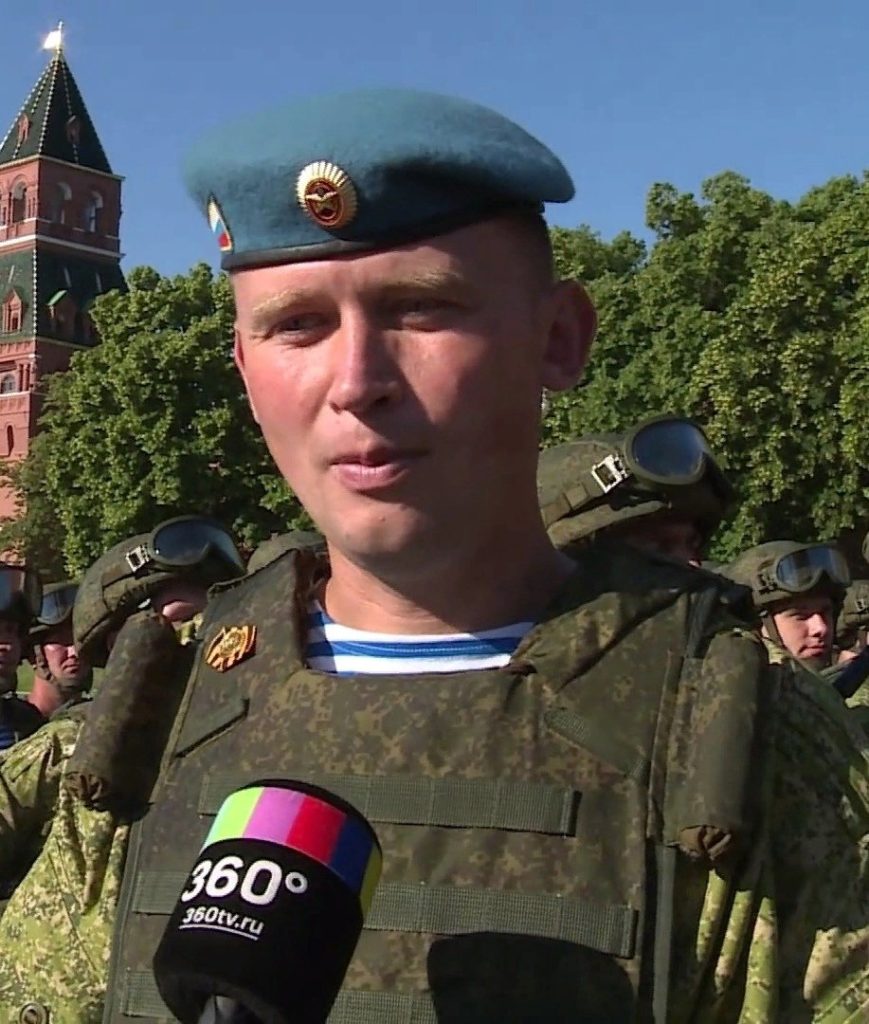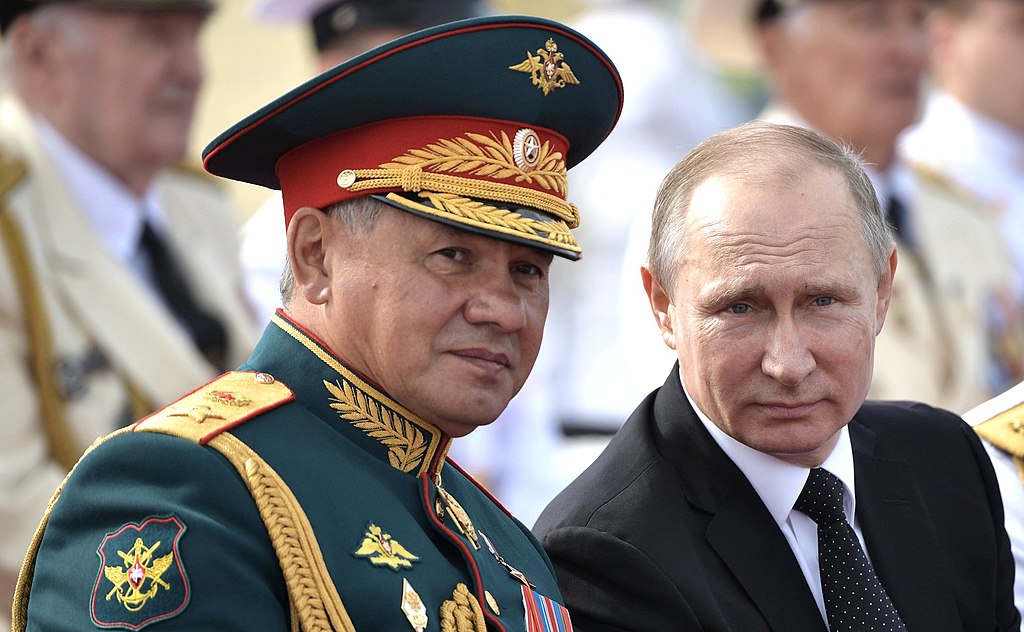During the Russian invasion of Ukraine, the Kremlin faced a significant miscalculation regarding its war plans. Not having adequate manpower for territorial conquest to the defense of occupied territories, Russian President Vladimir Putin called for a partial mobilization.
Partial mobilization was meant to be a turning point in the war for Russia in hopes of overwhelming Ukrainian defenses during their large-scale winter offensive. Instead, it only added to growing problems within the federation that will last for generations.

Beginning of the War
Despite amassing the most significant invasion force seen on the European continent since World War Two, Russia underestimated Ukraine’s resistance and willingness to fight. Reckless ambitions such as attempting to launch paratroopers into Hostomel Airport and encircle Kyiv with inadequate forces cost Russian Forces a sizable amount of their invasion force.
Further Pyrrhic victories in Mariupol and Severodonetsk in the spring of 2022 depleted the invasion force, which was full of professional and contracted troops. Taking these two cities was strategic, but the exhaustion of manpower and armor was critical. The Ukrainian Armed Forces (ZSU) would take advantage of it later in the fall.
Manpower Issues that Ukraine took advantage of
To counter Ukraine’s growing military capabilities, Vladimir Putin ordered a partial mobilization of Russian Forces. The move came at a time when the Kremlin promised no conscription, but the Ukrainian lightning offensive in Kharkiv was too much to bear in shame.
The partial mobilization had some positive effects as Russia bolstered front lines facing collapse, such as the Svatove-Kremmina line, and used the remaining conscripts on the left bank of Kherson and fronts of Donetsk. Though stabilizing the front to keep Russia from further military disasters, as seen in Kharkiv and Kherson, its effects on the overall war and economy would be known in 2023.
The Partial Mobilization and Effects on the Battlefield
The mobilization had worked to stabilize the frontlines—especially as Ukraine and Russia had become short on logistics, such as 155mm shells and armor. The Kremlin activated the T55 tanks due to losing 40% of its prewar tank fleet, while Ukraine successfully made emergency requests for modern tanks, jets, and air defense systems.
Russia would attempt to use the now 300,000-plus conscripts in a grand winter offensive to capture the remaining areas of Luhansk and Donetsk, but this would be catastrophic. Only gaining Soledar and Bakhmut, achieved mainly due to the Wagner Group, the conscripts did not change much for Russia’s offensive capabilities, and they would become casualties by the thousands.
During the winter, US intelligence estimated that Russia suffered over 100000 plus casualties along the Donbas frontline. Reconstituted brigades that were decimated in the earliest months of the war would again become combat inefficient, as disastrous offensives in Vuhledar, Marinka, Avdiivka, and Kremmina would exhaust Russia’s offensive capabilities, which the Pentagon estimates could be at least a decade to recover from.
The failed grand winter offensive would show the lack of training that the conscripts had received as reports started to cycle in of a minimal one-week to a three-week training program before they were sent to the front. The lack of NCOs in the Russian military also affected their poor performance as they could not use small unit leadership due to uncaring and negligent officers, as seen with General Muradov, who was relieved of command from the disastrous Vuhledar offensive.
Conscripts are Less Motivated than Professional Troops
A crucial issue with the partial mobilization was that the conscripts needed to be more professional troops. Western professional soldiers and naval infantry receive adequate training to prepare them for combat deployments.
For example, US Marines receive three months of boot camp, two months of School of Infantry, and numerous months of exercises by the victory units before being approved by the Pentagon as a combat-efficient unit for deployment.
By not allocating proper training during the partial mobilization and rushing inexperienced men into the frontlines, inexperienced conscripts became unwilling targets. Wagner’s CEO, Yevgeny Prigozhin, would go on an internal dispute with the Russian Ministry of Defense as the conscripts have struggled to maintain the flanks of Bakhmut, whereas Wagner could assault inside the city.
A potential plan by Ukrainian Military Intelligence (HUR) is to exploit these weak gaps in Russian defensive lines, particularly to hit the areas with the conscripts and most minuscule amounts of professional troops to reinforce them. There have been reports that Russia has set up its notorious’ barrier battalions’ to block the retreats of conscripts by executing deserters.
Ukraine would take advantage of these gaps in defense by sending Russian paramilitaries into the fewer defensive areas of the Belgorod region to force the Kremlin to redeploy its invasion force around the vast border of Ukraine. By doing this, Ukraine will attempt to exploit the insufficient Russian Forces in their upcoming offensive.
Discipline and Small Unit Leadership Makes the Difference
The first article I wrote for Special Forces Operations Report detailed how invaluable Non-Commissioned Officers (NCOs) are as they are given small unit leadership as Western armies allow small unit leaders to think critically if their means meet the mission’s end goal. My editor-in-chief, a decorated Navy SEAL, Brandon Webb, would emphasize my article with his article detailing his experience on the battlefield.
We have seen how undisciplined and micro-managed Russian conscripts are in Ukraine’s current summer offensive. On June 14th, Russian military bloggers reported a major Ukrainian military hit against mobilized conscripts on the Kremmina front of Luhansk. Reportedly, they were given orders by their field officers to wait out in the open, near the frontlines, for a general to give a speech, only to be immediately atomized by HIMARS.
Gross negligence of conscripts has plagued Russia, and it further shows the lack of organizational thinking given to lower-tiered soldiers who are not given a small unit leadership decision akin to NCOs in Western militaries. Already displaying signs of a lack of confidence in his officers, Vladimir Putin met with Russian military bloggers on their views of the war and how it could be improved.

Becoming a Logistical Strain
Already exhausting a vast amount of manpower, armor, and artillery, mobilization has also had consequences for Moscow. With an added 300,000 conscripts, the Ministry of Defense must continuously equip, feed, and pay them, along with the families of those killed in the war.
Numerous Russian logistical officers have been relieved as they could not maintain Putin’s imperial orders. One of them was the ‘Butcher of Mariupol,’ General Mikhail Mizintsev, who oversaw Russia’s overall logistics in the war after his forces had carpet-bombed numerous cities to the ground in the Donetsk region.
In a rule of war, an occupational force needs one soldier per forty civilians. With Ukraine having 44 million citizens, Russia would need to call up at minimum one million more troops—something their logistics or economy cannot maintain, especially as the country is currently suffering a demographic collapse.
Russia’s Demographic and Labor Force Facing Uncertainty
An aging nation, the federation now faces even more uncertainty. With partial mobilization and the highest casualty rate the country hasn’t seen since WWII, Russia’s youngest attributed to their workforce have been killed and wounded in the hundreds of thousands since 2022.
During the calls for partial mobilization, close to a million military-aged males fled the nation, and Russia is currently facing a labor shortage it hasn’t seen since 1996. According to IStories Investigative outlet, over 1 in 3 students look to move abroad to find better opportunities, and Russia’s brightest minds, such as engineers, physicians, and scientists, have either applied or moved abroad.
Most Russian casualties have come from outside their metropolises of Saint Petersburg and Moscow, such as the much poorer and ethnic minority regions of Buryatia, Dagestan, Tuva, and others. The lack of men in these regions could have domino effects for years, especially in the Far East, where Chinese ambitions have risen since World War Two.
Overall, partial mobilization was a temporary solution to the overall war effort. Conscription has been nothing more than a band-aid to an open flesh wound that needed several dozen stitches to repair. Already wasting away their formally feared combat power and their working-aged males, any victory going forward will be pyrrhic at most as years of corruption, insufficient planning, and an imperial hangover will doom the future of Russia for future generations to come.
—
** For a deeper dive into the Russ0-Ukrainian War, click here.










COMMENTS
You must become a subscriber or login to view or post comments on this article.